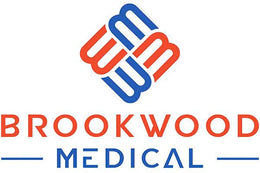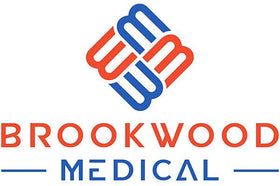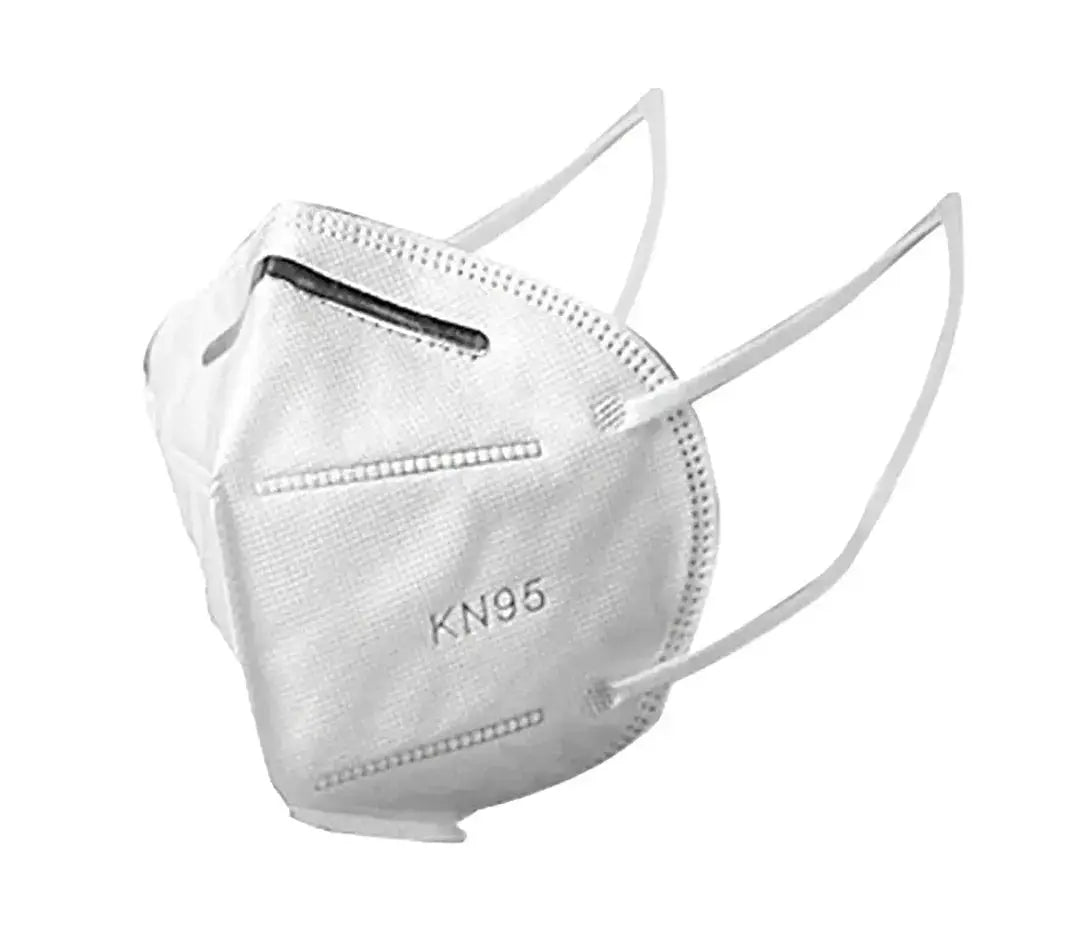The Impact of Face Masks on Communication

Frequently Asked Questions
1. How have face masks impacted nonverbal communication?
2. What role do facial expressions play in communication?
3. What adjustments have people made in their communication due to masks?
4. How does mask-wearing affect workplace communication?
5. What strategies can help address miscommunication when wearing masks?
In recent years, the use of face masks has become a part of our daily lives. Whether mandated by health guidelines or adopted as a personal choice, face masks, such as the popular neoprene face mask, have transformed how we interact with others. This article explores the impact of face masks on communication, clarifying how our expressions and conversations have changed in this new landscape.
The Role of Nonverbal Communication
Nonverbal communication is an integral part of how we convey messages and build relationships. It includes facial expressions, body language, gestures, and eye contact. When wearing a face mask, significant portions of our nonverbal cues are concealed, which can lead to misunderstandings and a feeling of disconnect.
Facial Expressions and Their Importance
Facial expressions are a critical component of communication. They help convey emotions and reactions, providing context to spoken words. A smile, frown, or raised eyebrow can drastically change the tone of a conversation. However, when we wear a neoprene face mask that covers the mouth and lower part of the face, it becomes challenging to interpret these emotional cues accurately.
Understanding Mask Impacts on Conversations
The use of face masks affects various aspects of communication, including tone, clarity, and the emotional undertones of our dialogues.
The Tone of Voice
The tone of voice plays a crucial role in how messages are received. A cheerful tone can uplift a conversation, while a flat tone may signal disinterest. When masked, the ability to read someone's expressions can diminish, causing it to be more difficult to gauge the mood or intent behind the words spoken. This can lead to misinterpretations and disengagement in conversations.
Clarity of Speech
Communication becomes more challenging when wearing a neoprene face mask, primarily due to the muffling effect of the fabric. In environments with background noise, it may be harder for the person speaking to be heard or understood. This issue is prevalent in crowded or public spaces where clarity is vital. Listeners may find themselves asking others to repeat phrases often, hindering effective communication.
Emotional Connections
Face masks can create barriers, not just physically, but emotionally as well. When individuals cannot see each other’s full faces, it may feel less personal. This can be especially significant in professional settings such as meetings, where the ability to form connections directly correlates to successful teamwork and collaboration. Less visibility of facial cues can lead to feelings of distance and isolation.
The Shift to Alternative Communication Methods
As face masks became a norm, individuals were prompted to adapt their communication strategies. Here are some notable shifts that occurred:
Increased Use of Eye Expressions
Your eyes express a multitude of sentiments, from joy to surprise. With a significant portion of the face covered, people have become more attuned to reading and utilizing eye expressions. Eye contact and eyebrow movements have taken on heightened importance in signaling responsiveness and engagement.
Verbal Reassurances and Clarity
As clarity can be an issue, many have adapted by speaking louder and articulating better. Verbal reassurances have also become commonplace. Phrases such as "I see your point" or "That sounds great" are often emphasized, providing validation without relying on facial cues. This practice allows individuals to feel more connected, even with a mask on.
Impacts of Face Masks in Different Settings
The impact of face masks on communication varies across different settings – from personal interactions to public engagements.
Social Settings
Social gatherings have felt the effects of masked interactions significantly. Friends and families have had to adjust how they connect, packing more meaning into their remaining facial expressions and body language. Things like virtual gatherings became more prevalent to compensate for ‘mask fatigue,’ which contributed to a sense of disconnection.
Workplace Communication
In professional environments, effective communication had to evolve. Team-building exercises incorporated tasks that focused on recognizing non-verbal cues through gestures and eye contact rather than facial expressions. Moreover, employees began to value verbal communication even more, reinforcing the importance of clarity and engagement during conferences and interactions.
Addressing Miscommunication Issues
With the challenges that face masks pose, it is essential to address potential miscommunication effectively. Strategies to enhance understanding include:
- Active Listening: Engage actively in conversations. Repeat back information and ask clarifying questions.
- Gestures: Use hand signals and gestures to enhance communication, especially when verbal messages might be lost.
- Body Language: Focus on positive body language that encourages openness and warmth.
- Emphasize Your Voice: Speak directly into the conversation, ensuring others can hear you clearly while maintaining an engaging tone.
The Cultural Shift and Acceptance of Face Masks
As society adapts, it becomes increasingly evident that face masks have become a part of cultural norms. The acceptance of wearing a neoprene face mask highlights a collective responsibility towards health and safety, but it also reflects a broader evolution in communication. Societal interactions have shifted, requiring us to exercise creative methods to express ourselves effectively.
Learning from the Experience
This global experience has taught us valuable lessons about adaptability in communication. As we navigate conversations in a masked world, it is important to focus on empathy and understanding. Acknowledging that we are all experiencing similar struggles can strengthen our connections, even if we cannot see a smile or a frown.
The Future of Communication with Face Masks
As we continue moving forward in a world that may prioritize the use of face masks, it is essential to remain proactive in enhancing our communication skills. The acceptance of different forms of expression and embracing the adaptability of our interactions can create a more inclusive communication environment.
Technology's Role
With advancements in technology, we also see an emergence of tools designed to bridge the gap created by face masks. Video conferencing tools provide visual context that is often missing with masks, allowing for clear communication and engagement. As more organizations adapt to hybrid work models, these platforms will be vital for maintaining relationships.
A New Dawn for Dialogue
In a world where the neoprene face mask occupies a significant place in our daily lives, recognizing its impact on communication is critical. While masked conversations present unique challenges, they also encourage innovation and adaptability in how we connect with others. As societies evolve, we can embrace new methods of communication that allow for the warmth and understanding that all humans crave. Let us look forward to a future where we will blend the safety of masks with the richness of authentic dialogue.






